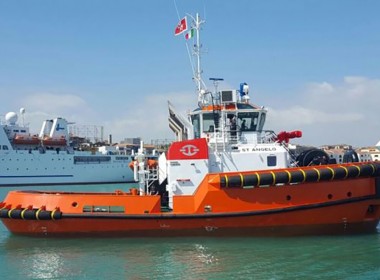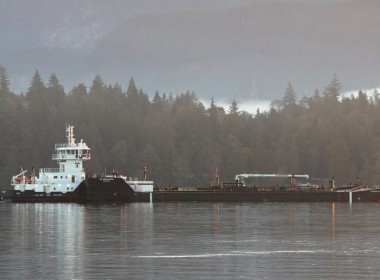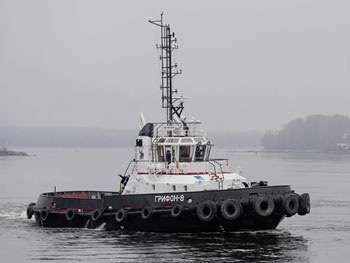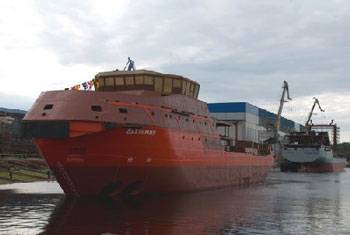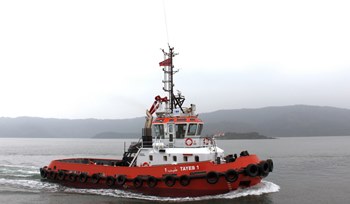Unidentified risks caused capsizing and sinking of tug
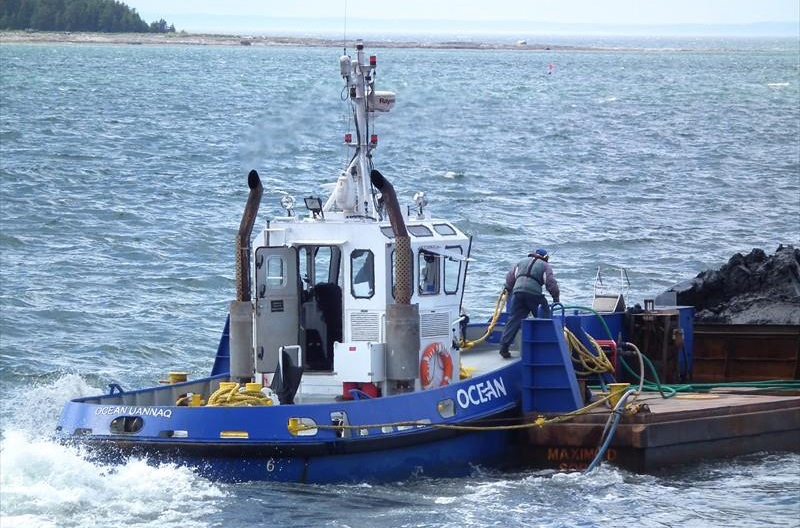
The Transportation Safety Board of Canada (TSB) has found the sinking of the Ocean Uannaq tug off Montreal, Quebec in 2016 was due to a lack of formalised operating procedures and inadequate assessment of the safety risks.
On April 1, 2016, three tugs, including the Ocean Uannaq, were repositioning an excavation barge on the St Lawrence River as part of the Champlain Bridge construction project.
The Ocean Uannaq and another tug were assisting the Ocean Catatug 1, which was attached to the barge.
The barge’s upstream spuds, used for mooring, were raised before the downstream spuds.
When one of the downstream spuds jammed as it was being raised, the barge and attached tug pivoted with the strong current around the jammed spud.
The Catatug 1‘s port wire made contact with the Ocean Uannaq, which combined with the opposing current, created a hydrodynamic effect that led to the rapid capsizing of the tug.
The crew of two managed to board the attached tug, and the Ocean Uannaq later sank at 1850. There were no injuries or pollution.
The investigation found the tug’s owner nor the operator had assessed the risks of the complex marine operations.
Subsequently, existing shore side procedures were extended to the marine construction operations and the operator implemented procedures to help workers identify and mitigate risks on the work site.
The operator also hired an assistant marine superintendent to specifically oversee the marine safety aspects of its operations.



